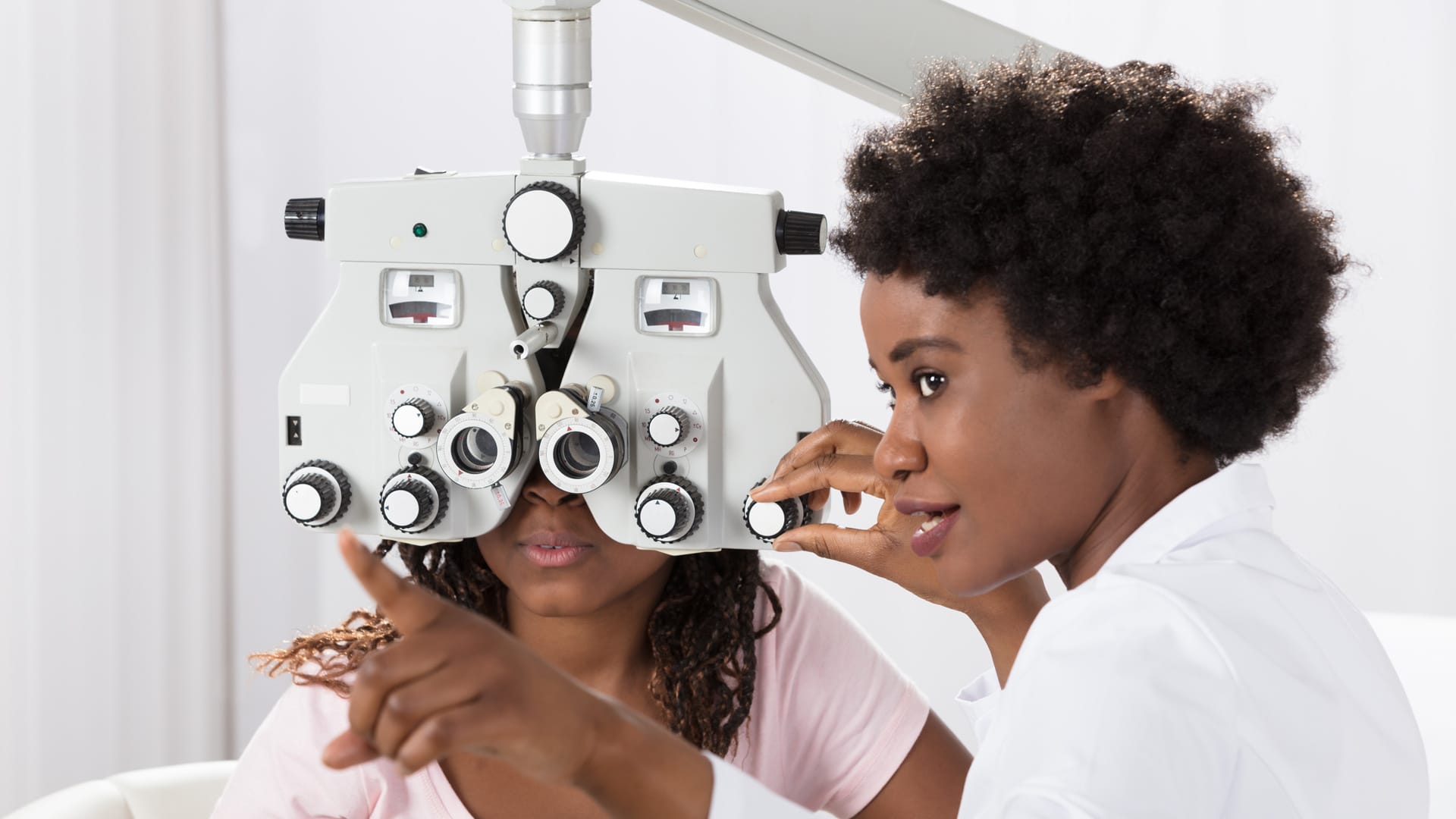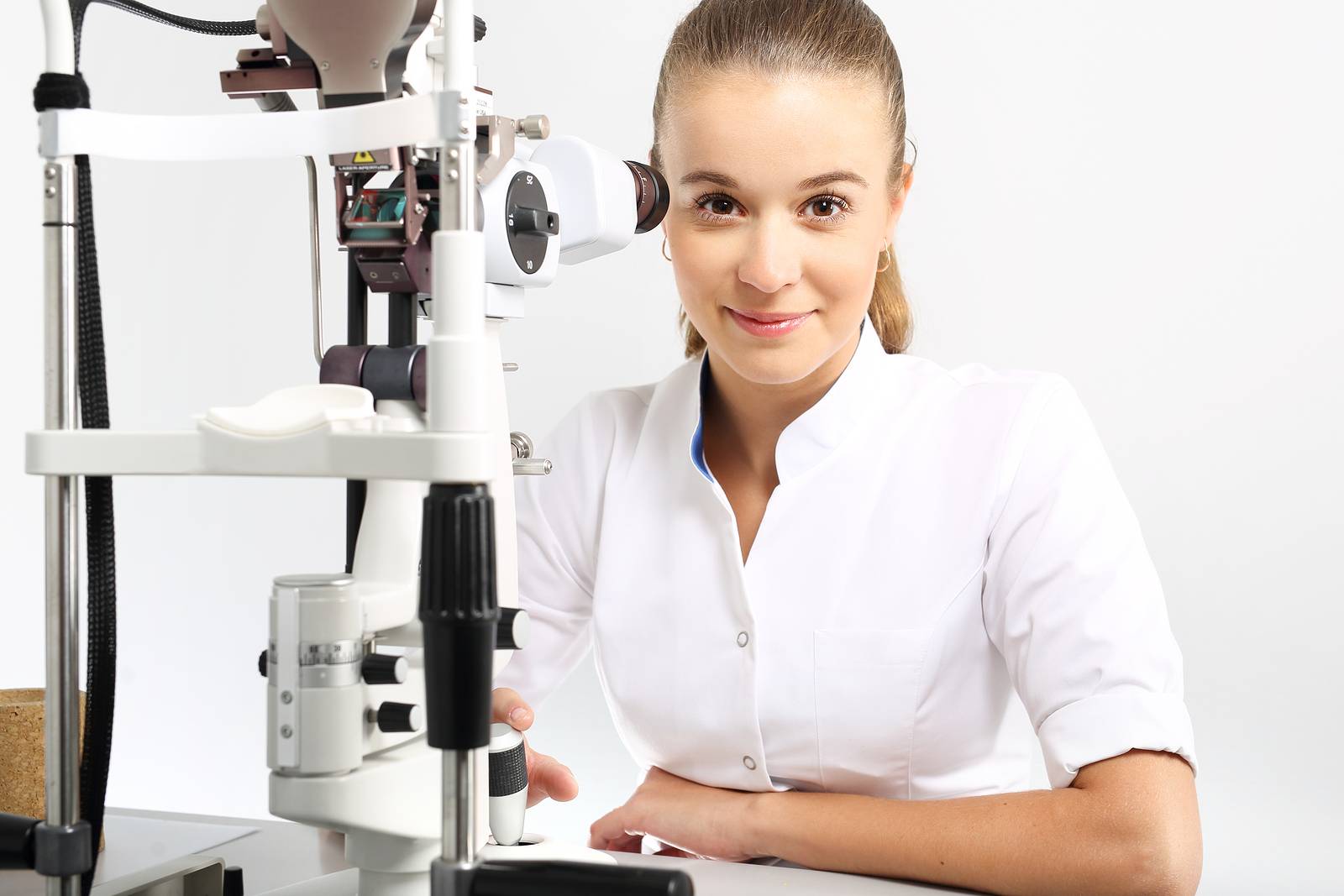Facts About Emergency Eye Problems Revealed
Table of ContentsThe Ultimate Guide To Paediatric Ophthalmology10 Easy Facts About Adult Strabismus ExplainedAmblyopia Things To Know Before You Get ThisRumored Buzz on Paediatric Ophthalmology
Ophthalmologists are medical doctors that focus on the medical diagnosis and treatment of eye and vision issues. What is the distinction between an eye doctor and also an eye doctor, after that? What regarding opticians? These 3 types of eye care specialists have instead similar-sounding names as well as overlapping task summaries. It can be confusing initially look.They can not give eye tests, write prescriptions, or identify or treat eye troubles. Supply eye exams, vision screening, and prescriptions for glasses or contact lenses.

Eye doctors diagnose and treat injuries, infections, conditions, and also disorders of the eye. Treatments can consist of medicine taken by mouth (by mouth) or topically (in the eye), surgical treatment, cryotherapy (freeze treatment), and chemotherapy (chemical therapy). Eye doctors go to clinical school after that get numerous years of specialized training in the medical and also medical treatment of the eye.
The Definitive Guide for Adult Strabismus
As they are the only doctor who can deal with all eye conditions, ophthalmologists see a broad variety of eye problems, consisting of: Exactly how often should you have an eye examination? What are signs that suggest you may have an eye trouble that requires to be inspected by an ophthalmologist? The American Academy of Ophthalmology recommends: As kids's eyes are expanding and also altering swiftly, they should obtain a vision testing.
Grownups who have healthy and balanced eyes as well as outstanding vision need to have four thorough eye tests: one in their 20s, 2 in their 30s, and also one at age 40. These examinations may allow the ophthalmologist to capture an eye condition or vision modifications beforehand. By the time you observe signs and symptoms, you may already have some vision loss (EMERGENCY EYE PROBLEMS).

Individuals who go to a higher risk of eye condition might require to obtain an eye test more frequently. This can include people with diabetic issues, high blood stress, or a family members history of eye troubles - EYE EXAM. After age 65, your eyes should be examined every one to two years. Despite age, individuals who use calls ought to have a full eye test yearly.
Your sight depends on seeing the appropriate optometrist at the correct time. When it's time to "obtain your eyes inspected," see to it you are seeing the ideal eye care expert for your needs. Eye doctors, eye doctors and opticians each play an important role in giving eye treatment to customers. However the levels of training as well as expertise are quite various for every kind of provider.
Eye Exam Fundamentals Explained

is a clinical or osteopathic medical professional that focuses on eye and vision care. Eye doctors vary from eye doctors and also opticians in their levels of training as well as in what they can detect and deal with (https://drcarolinecatt.godaddysites.com/). As a clinical doctor that has actually completed university and also at the very least 8 years of extra medical training, an eye doctor is accredited to exercise medication as well as surgical treatment.
Lots of ophthalmologists are likewise associated with clinical research on the causes and cures for eye diseases as well as vision problems. SUBSPECIALISTS: ADDED UNDERSTANDING AND TRAINING FOR DETAILS EYE NEEDS While ophthalmologists are trained to take care of all eye troubles as well as conditions, some Eye M.D.s concentrate on a certain location of medical or medical eye care.
She or he generally finishes 1 or 2 years of added, much more thorough training called a fellowship in one of the major subspecialty areas such as glaucoma, retina, cornea, pediatrics, neurology and plastic surgical procedure, along with others. This added training and also expertise prepares an eye doctor look after even more complex or specific conditions in certain locations of the eye or in certain teams of patients.
An eye doctor is not a clinical physician. An optometrist obtains a medical professional of optometry (OD) degree after finishing four years of optometry college, come before by three years or more years of college. They are certified to exercise optometry, which largely includes executing eye tests as well as vision examinations, recommending and also dispensing corrective lenses, identifying certain eye abnormalities, as well as prescribing medications for sure eye illness.
What Does Comprehensive Ophthalmology Do?
They utilize prescriptions supplied by ophthalmologists or optometrists, yet do not evaluate vision visit their website or write prescriptions for aesthetic modification (https://www.metal-archives.com/users/drcrlinecatt). Opticians are not allowed to identify or deal with eye diseases. PAEDIATRIC OPHTHALMOLOGY.
Having a family participant with eye condition can make you much more susceptible to having that condition. Sight-stealing eye condition can show up at any time. Very commonly they are undetectable in the beginning as well as are hard to discover. That's why it is so vital to see an eye doctor for a complete medical eye test by age 40, and afterwards as commonly as recommended by your Eye M.D.
If you have any one of these, be sure to visit an eye doctor. A full, medical eye examination by an Eye M.D. could be the initial step towards saving your sight. Bulging of one or both eyes; Dark curtain or veil that obstructs your vision; Decreased vision, also if temporary; Diabetes mellitus; Altered vision; Double vision; Excess tearing; Eyelid irregularities; Family history of eye illness; Halos (tinted circles around lights); Hypertension; HIV or AIDS; Injury to the eye; Loss of peripheral (side) vision; Misaligned eyes; New drifters (black "strings" or flecks in the vision) and/or flashes of light; Pain in the eye; Thyroid disease-related eye troubles (Tomb' disease); Unusual red eye.